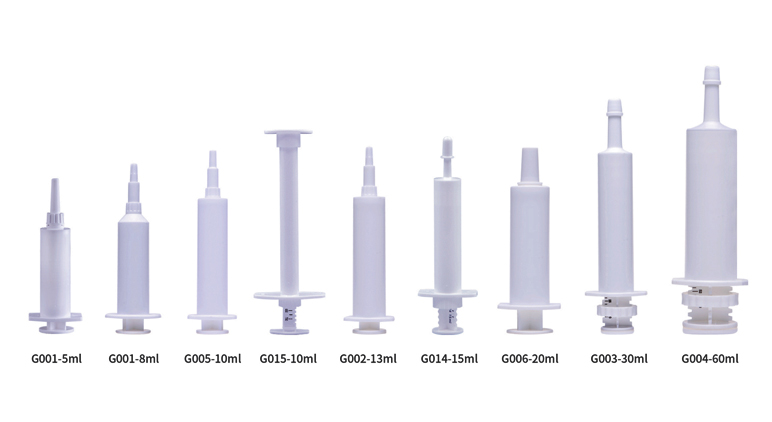Feb. 18, 2025
As an innovative form of veterinary drug packaging, veterinary syringes have become widely used in the veterinary field. Their specialized design not only simplifies the administration process but also significantly enhances the safety and efficacy of drug delivery.
Key Advantages of Veterinary Syringes
One of the main advantages of veterinary syringes is their single-use design, which prevents cross-contamination often associated with traditional drug administration methods. Drugs are prefilled and sealed within the syringe, ensuring purity and activity remain unaffected by external factors, thus providing reliable and consistent dosing each time.
Applications Across Different Syringe Sizes
Veterinary syringes of varying sizes are suitable for different drugs and animals:
Small-sized Syringes (5ml, 8ml, 10ml): These are primarily used to treat diseases such as mastitis in dairy cows. Their size allows for direct injection into the affected area, ensuring quick efficacy and minimizing the adverse effects of the disease on milk production and cow health.

Medium-sized Syringes (20ml, 30ml): These are commonly applied in the administration of pet nutritional gels. The larger opening and printable scale provide precise dosing, meeting the high standards of pet health management by allowing accurate control over nutrition intake.
Large-sized Syringes (30ml and 60ml): These are mainly used in cases that require larger drug volumes, such as uterine infusion medications. Their simple design and ease of use minimize irritation to animals, reduce drug wastage, and lower contamination risks, thereby ensuring animal health and production safety.
In conclusion, veterinary syringes offer a convenient, safe, and effective drug delivery method and have become a key innovation in modern veterinary packaging, bringing greater ease and potential to animal health and veterinary practices.
 冀ICP备11016487号-1
冀ICP备11016487号-1